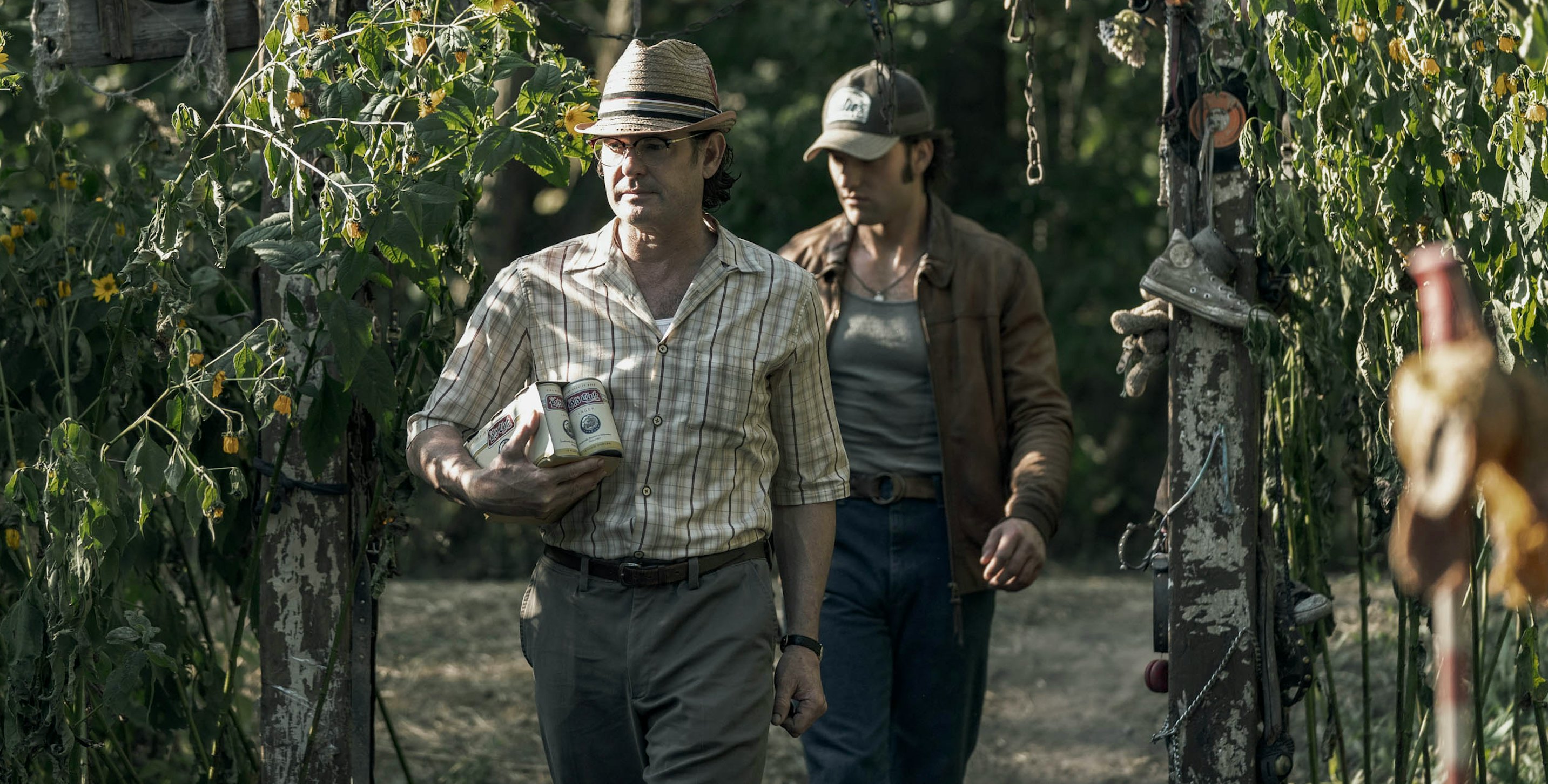
“Sometimes, dead is better.” That line, famously uttered by an elderly Jud Crandall in Stephen King’s 1983 horror classic, Pet Sematary, is spoken aloud not just once, but twice in director Lindsey Anderson Beer’s Pet Sematary: Bloodlines. The film, a prequel set several decades before the events of King’s novel, goes out of its way to demonstrate all the horrifying and ghoulish consequences that can arise from trying to reverse something as permanent and natural as death. And yet, the film never takes its own words to heart.
Pet Sematary has been adapted twice by Hollywood — first in 1989 and then again in 2019 — and neither of the resulting films sits high among most fans’ rankings of King adaptations. Their own highlights aside, none of the film versions of Pet Sematary have captured the suffocating tragedy, dread, and madness of the original novel. The same is, unfortunately, true of Pet Sematary: Bloodlines, which tries to breathe new life into a franchise that’s never had much juice to begin with. The prequel repeatedly returns to the same, unending cycle of violent attacks and clunky exposition dumps until the entire affair has been rendered truly and completely lifeless.
Set in 1969, Pet Sematary: Bloodlines picks up with a young Jud Crandall (Jackson White) when he is on the verge of leaving his supposedly cursed hometown of Ludlow, Maine, behind to join the Peace Corps with his girlfriend, Norma (Natalie Alyn Lind). His and Norma’s plans are disrupted when a last-minute encounter with one of Jud’s childhood friends, Timmy Baterman (Jack Mulhern), ends in horrifying violence. Jud and Norma don’t realize it at first, but Timmy, a Vietnam War veteran killed overseas, was recently brought back from the dead by his father, Bill (David Duchovny).
The film’s script, which Beer co-wrote with Jeff Buhler, makes all of this clear to the viewer from the very beginning. Its first scene follows Duchovny’s Bill as he digs a grave for his son in the cursed burial grounds outside of Ludlow and waits for the dirt on top of his boy’s body to move. From that point on, Bloodlines is, for the most part, about everyone else slowly but surely catching up. Unsurprisingly, it isn’t long before Timmy’s resurrected, potentially possessed self has begun to wreak havoc on the lives of his fellow Ludlow citizens.
The story of young Timmy Baterman’s unfortunate revival should be familiar to King readers because it’s the one that the elderly Jud relays to Louis Creed in the original Pet Sematary novel, in an attempt to dissuade him from trying to resurrect his dead son, Gage. Bloodlines, however, plays fast and loose with the facts laid out by Jud — transforming Timmy’s resurrection from an eerie ghost story into a murderous rampage involving labyrinthine hidden tunnels, flashbacks into the distant past, and a secret council formed by the founding families of Ludlow. The film takes its story to increasingly pronounced and absurd places and, in doing so, loses grip on the quietly unnerving, more effective quality of its source material.

Despite its limited budget and deliberately small scope, Pet Sematary: Bloodlines is a surprisingly loud and abrasive thriller, one desperate to shock and horrify you. To its credit, the film does pack in a few genuinely stomach-churning, gonzo horror sequences, but it never manages to escape the naturally schematic aspects of its story. The movie feels, at all times, like a sketch of a Pet Sematary prequel rather than a full-fledged extension of the original novel. That’s due, in no small part, to the film’s choppy editing style and disjointed, barely-there script, which introduces numerous concepts, ideas, and storylines but only fills them in halfway.
Across its 87-minute runtime, Bloodlines moves at a breakneck pace that feels antithetical to its story of generational rot and lingering death. At no point does it take the time necessary to establish the gothic atmosphere and mood necessary to make its central fictional town feel as suffocating as its characters say. While its decision to begin with Bill’s misguided resurrection of his son ensures that its plot doesn’t take too long to get going, too, it also forces the film to pack in round after round of clunky exposition in order to retroactively fill in the gaps of its story. The thriller’s unnecessarily rapid pace consequently robs its actors of the chance to flesh out their characters and truly dive into their roles.

Capable genre veterans like Duchovny and Henry Thomas, who plays Jud’s overprotective father, are left to try and evoke as much depth as they can in a film that doesn’t have enough time for them. Bloodlines similarly wastes supporting players like Pam Grier, whose presence is always welcome, leaving only How to Blow Up a Pipeline breakout star Forrest Goodluck to make any kind of lasting impression. Goodluck’s turn as Manny, a directionless Native American teen stuck in Ludlow, is the only one of the film’s performances that feels at all nuanced or multidimensional.
Pet Sematary: Bloodlines doesn’t know what to do with his performance, though, or any of the commendable work done by his co-stars. The same can be said for all of the film’s various ideas, characters, and plotlines, most of which are treated with the same carelessness that Pet Sematary: Bloodlines tries to advocate against. It’s a film that treats the line between life and death as a dull binary — never realizing or exploring the myriad of ways that one can inform and both literally and figuratively bleed over to the other.
Its lack of imagination would be disappointing even if it was a standalone film, but it feels even moreso given its source material’s fascination with the ways in which tremendous loss can alter one’s psyche forever. Ultimately, Pet Sematary: Bloodlines doesn’t just fail to justify its own existence, but it misses the point of the original King novel that inspired it.




!["[T]he First and Fifth Amendments Require ICE to Provide Information About the Whereabouts of a Detained Person"](https://images.inkl.com/s3/publisher/cover/212/reason-cover.png?w=600)


